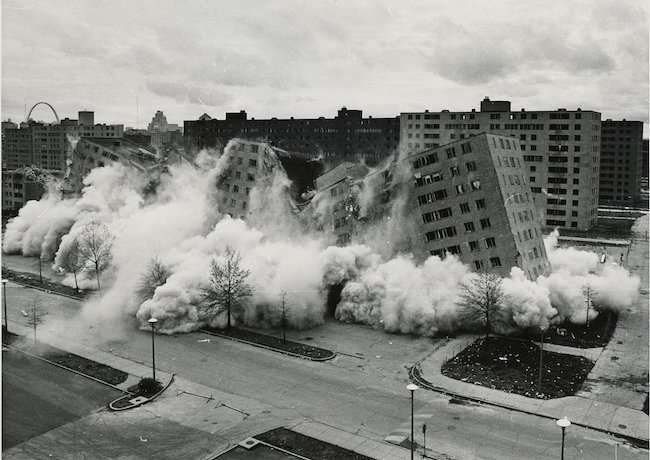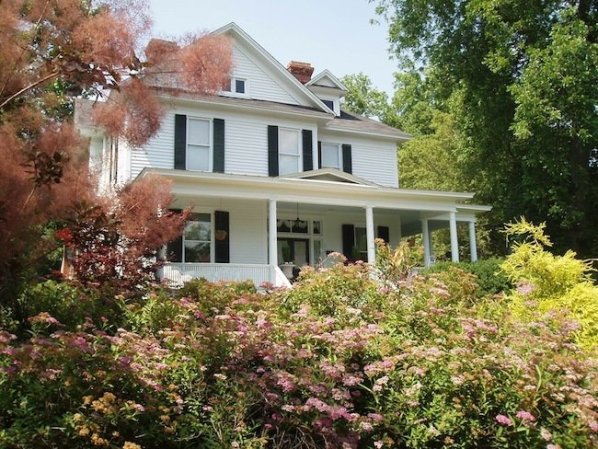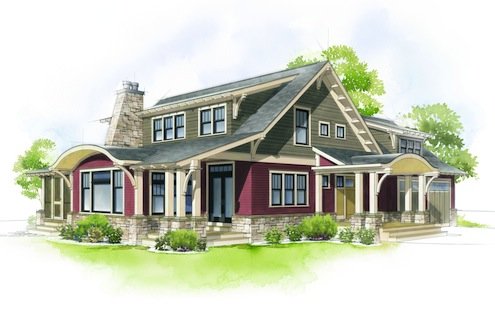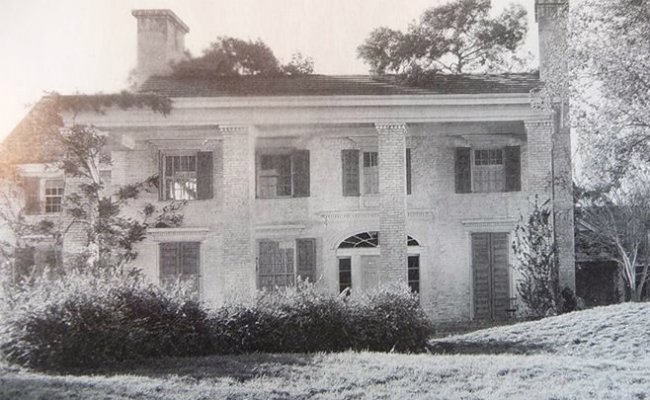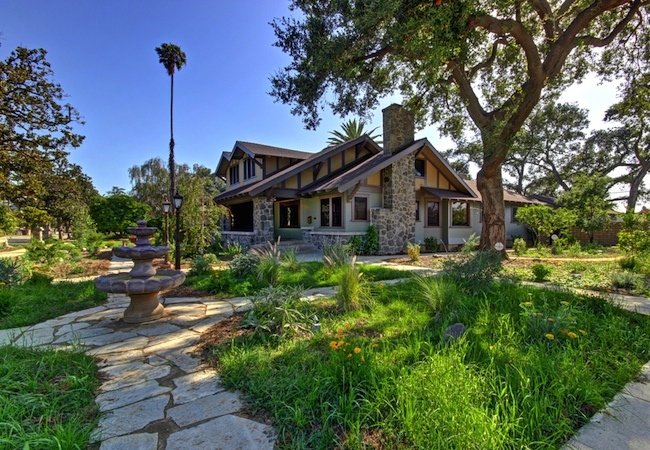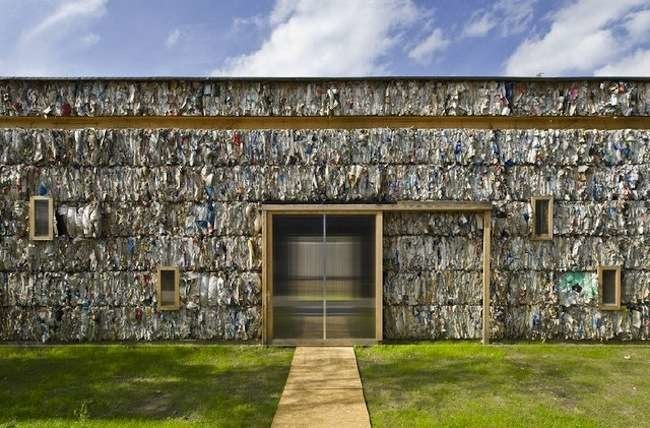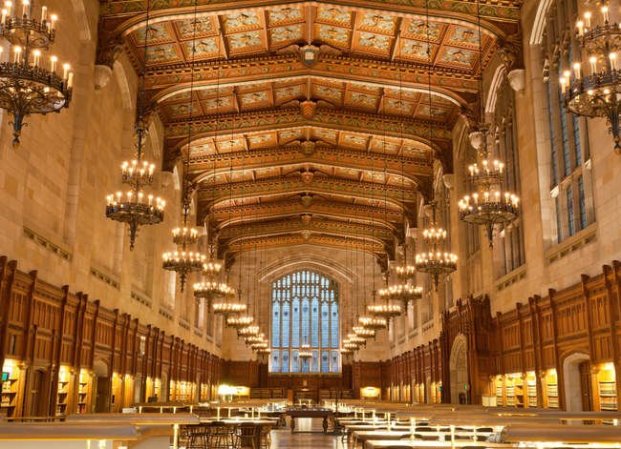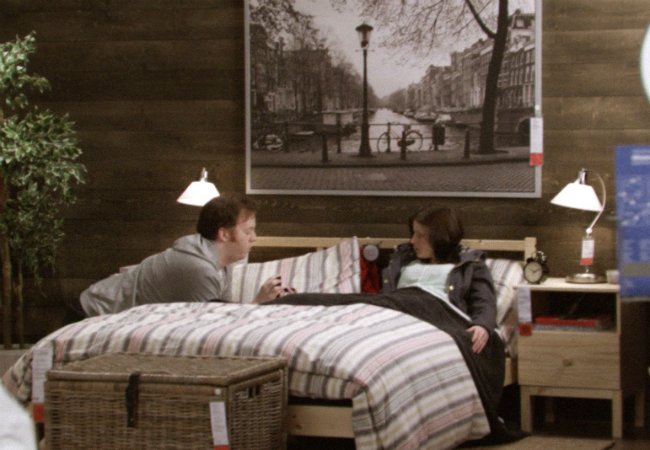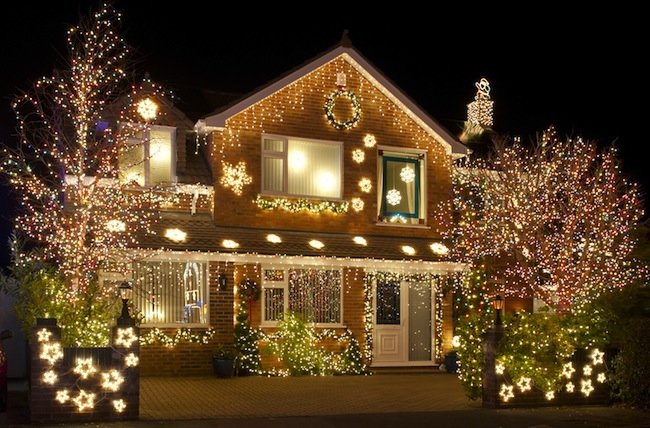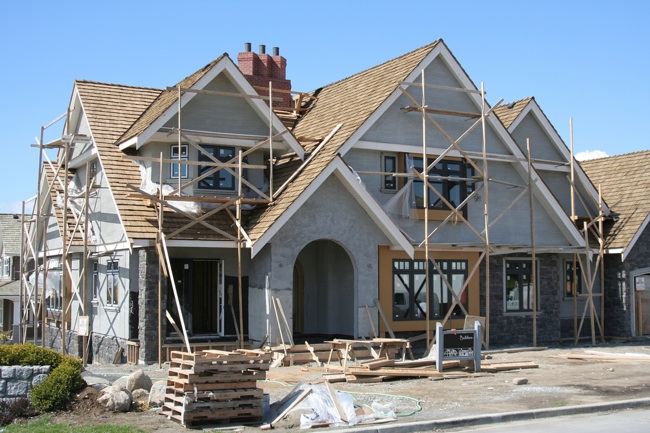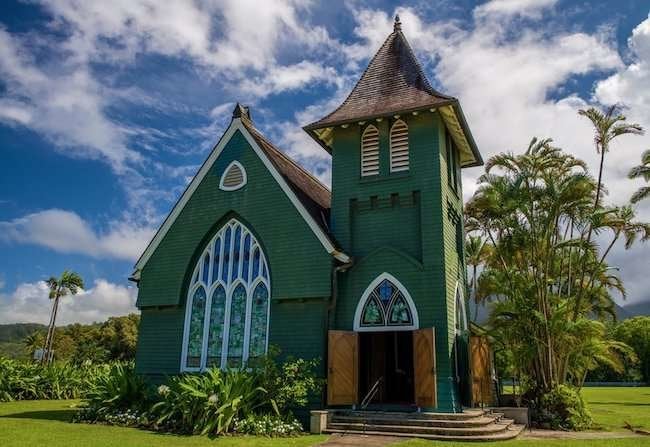We may earn revenue from the products available on this page and participate in affiliate programs. Learn More ›
The White House
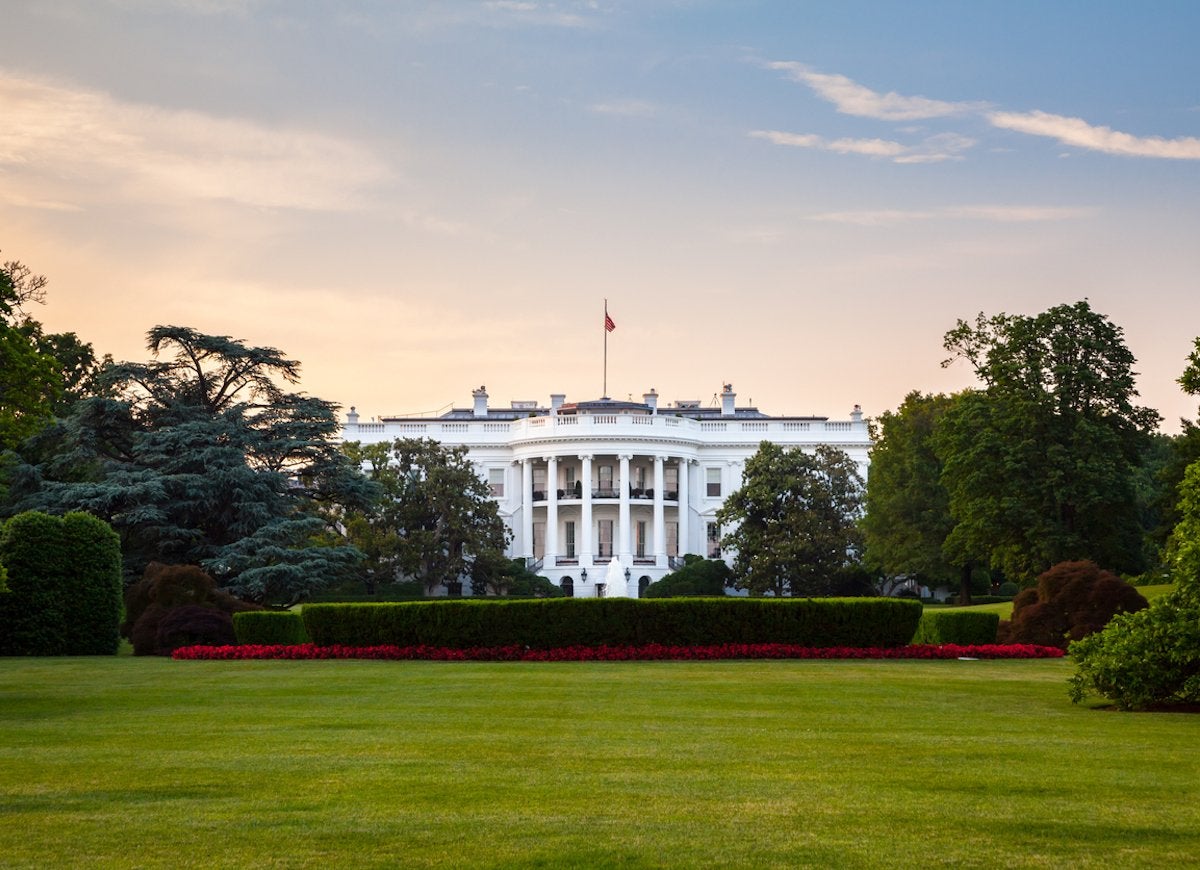
The White House has always been a symbol of democracy and freedom—it’s even nicknamed “The People’s House”! But that doesn’t mean it’s without its flaws. Along with many other iconic buildings in our nation’s capital, the White House was built primarily by enslaved people. Virginia and Maryland, which both gave up land to form Washington, D.C., were states where people held others in slavery when construction began on the White House in 1792.
The Guggenheim Museum in New York City
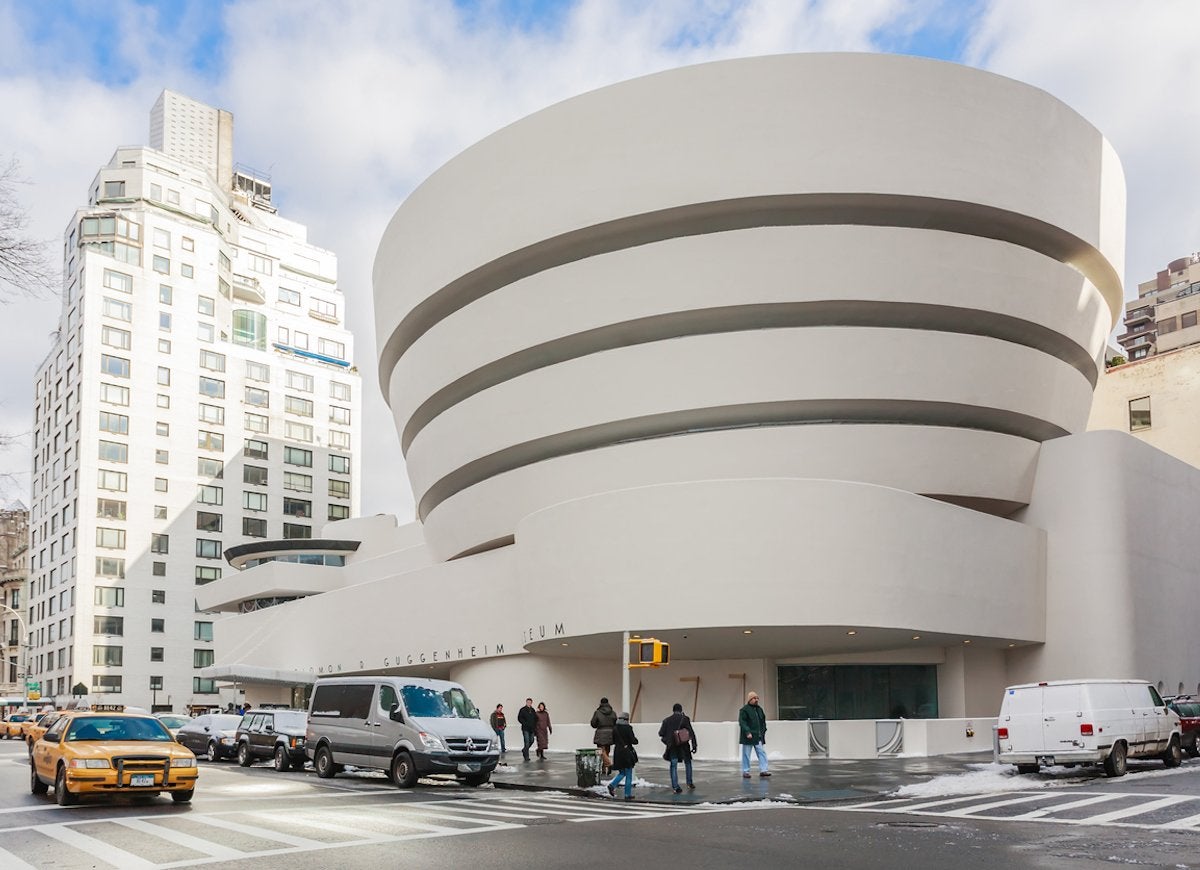
Frank Lloyd Wright is easily one of the most famous architects in American history, but many art lovers took issue with his design for the Guggenheim. Some artists even protested, believing that the curvilinear interior was not suitable for the presentation and appreciation of artwork. Love it or hate it, the Guggenheim remains one of the most visited museums in New York City—curved walls and all.
Related: The 34 Greatest Things Ever Built in America
The Woman’s Building at the World’s Columbian Exposition in Chicago
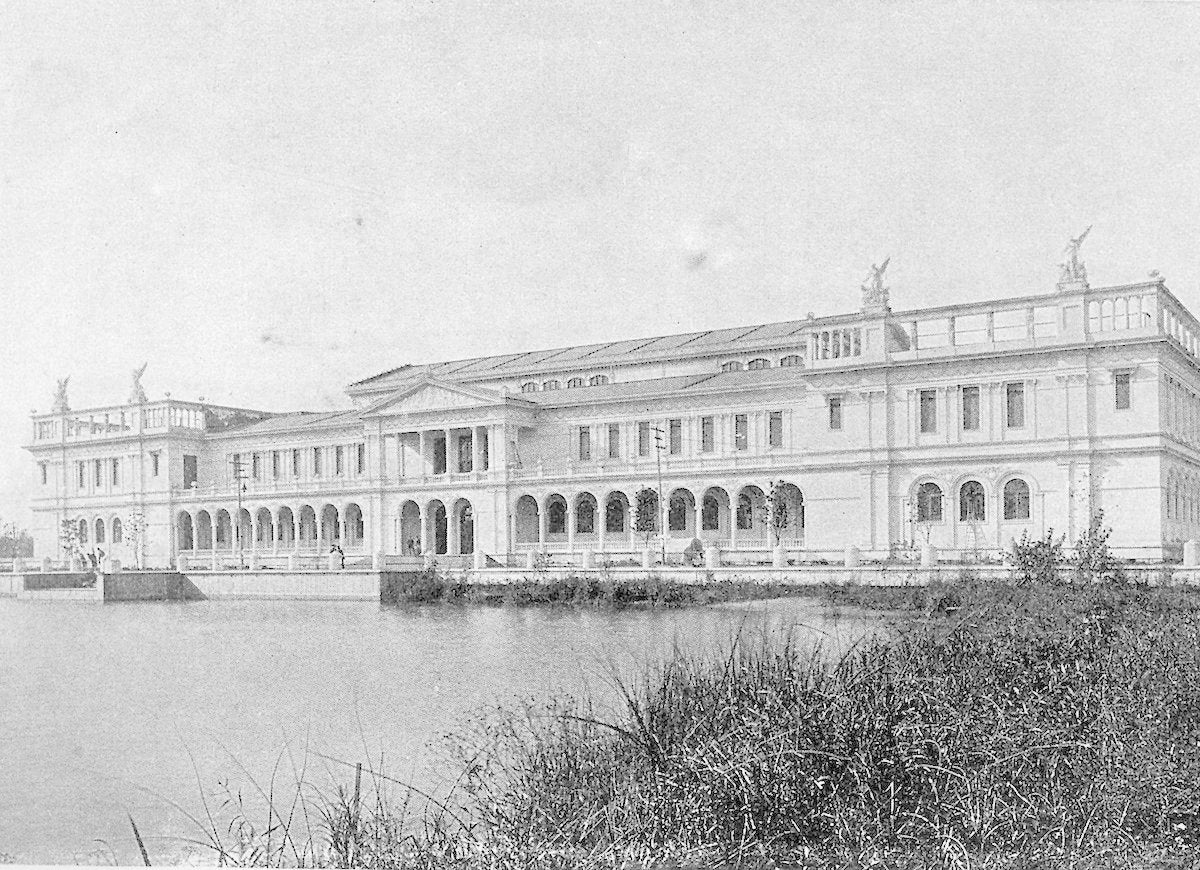
Wikimedia Commons
Women were determined to make their mark on the 1893 World’s Fair in Chicago by constructing an exhibition space entirely dedicated to women’s work in fine art, literature, music, and science. The grand Italian Renaissance-style edifice designed by Sophia Hayden, a young female architect fresh out of school, underwent contentious changes during construction, and many architectural journals gave it negative reviews upon completion. It’s possible that the building’s rough gestation and reception were reactions to the fact that the architect was a woman.
Trump Tower in Chicago
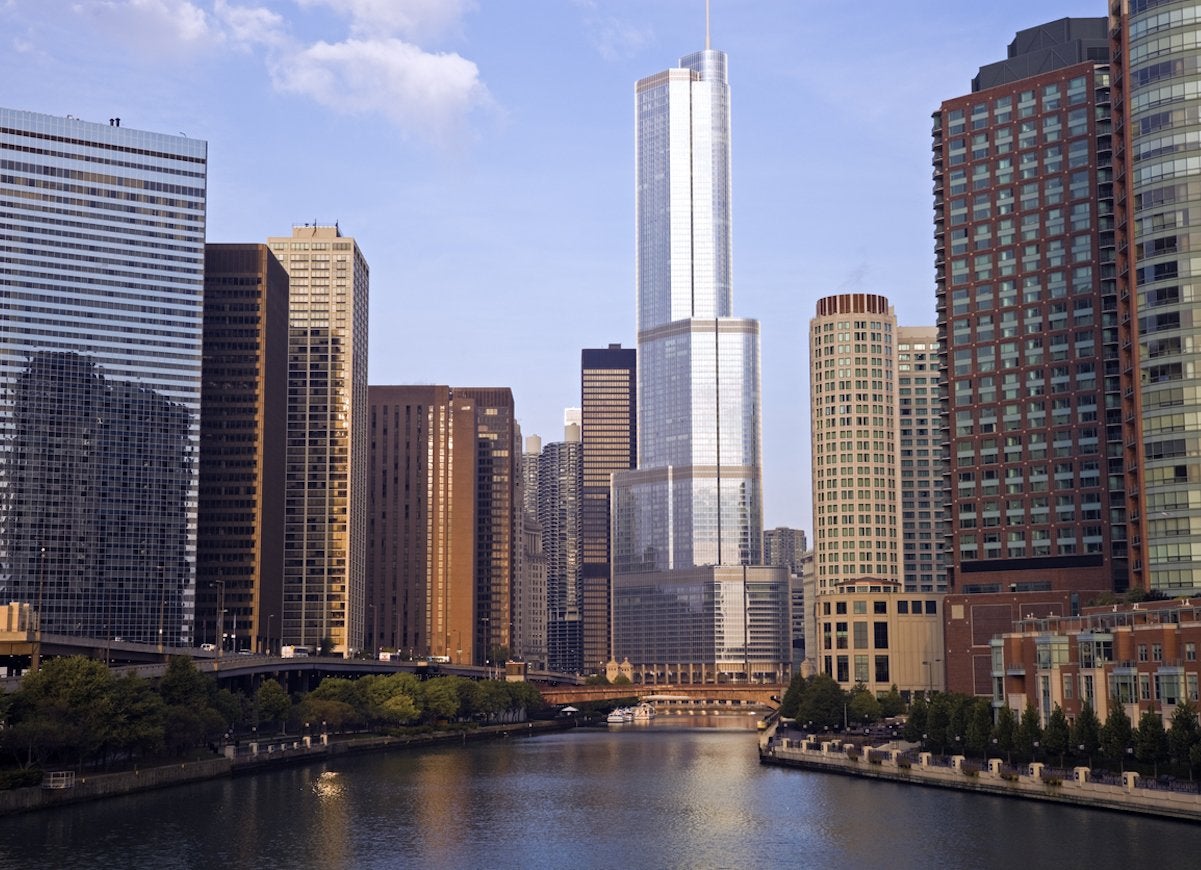
Long before Trump began his polarizing campaign for the presidency, his namesake building in Chicago, completed in 2009, was headline fodder. The building’s landscaping received mayoral recognition in 2010 for providing a welcome civic space with native grasses, trees, and varied plantings. The following year, however, it was ripped out and replaced with lackluster evergreens and perennials that were lighted up at night—a direct affront to Chicago proponents of the “dark skies” movement, which strives to reduce nighttime light pollution.
Make It Right Homes in New Orleans
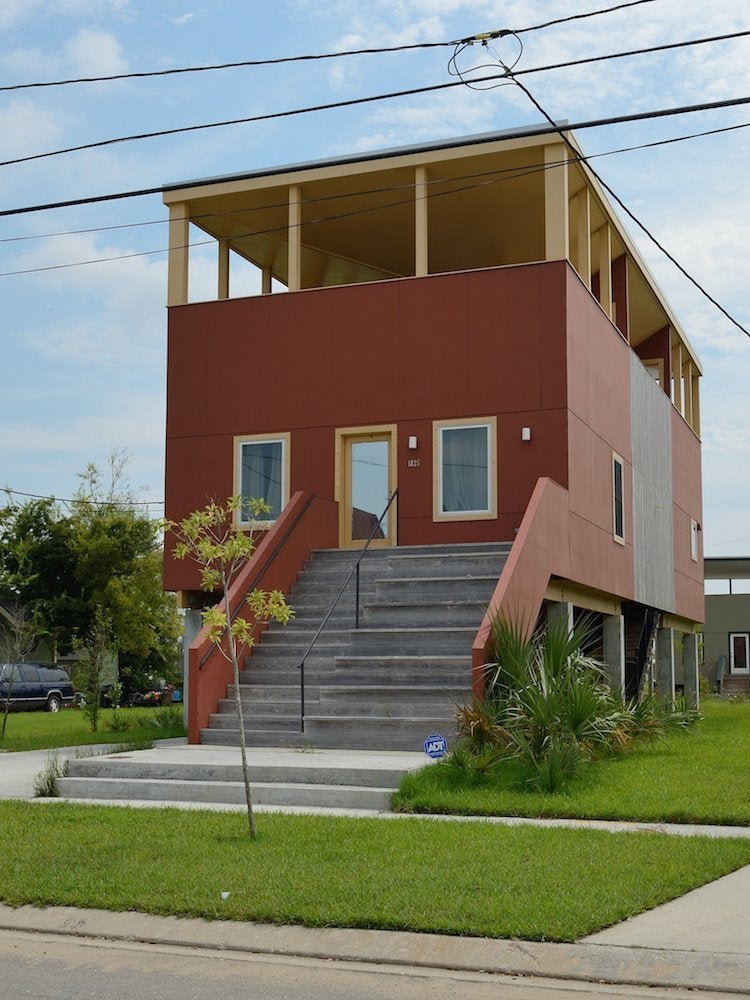
flickr.com via dharma_for_one
Brad Pitt’s heart may have been in the right place when he formed the nonprofit Make It Right Foundation, which was started in 2007 to build affordable, sustainable homes for those in the Lower 9th Ward in New Orleans after Hurricane Katrina, but things didn’t go as planned. After a few years, the homes started to show major signs of decay, including algae growth, bowed roofs, curved side panels, and even black mold.
Taylor Swift’s Rhode Island Retreat

flickr.com via jazills
Pop superstar Taylor Swift is beloved for all the hits she’s put out in the past decade, but real estate can sour even the most devoted fan’s allegiance. Locals in Westerly, Rhode Island, were none too thrilled when they noticed fencing going up around Taylor’s beachfront home, located near a public beach, but they ultimately had to shake it off: The Rhode Island Supreme Court ruled that it was perfectly legal for her to install privacy fencing.
Related: America’s 50 Most Infamous Homes
Pruitt-Igoe Housing Development in St. Louis
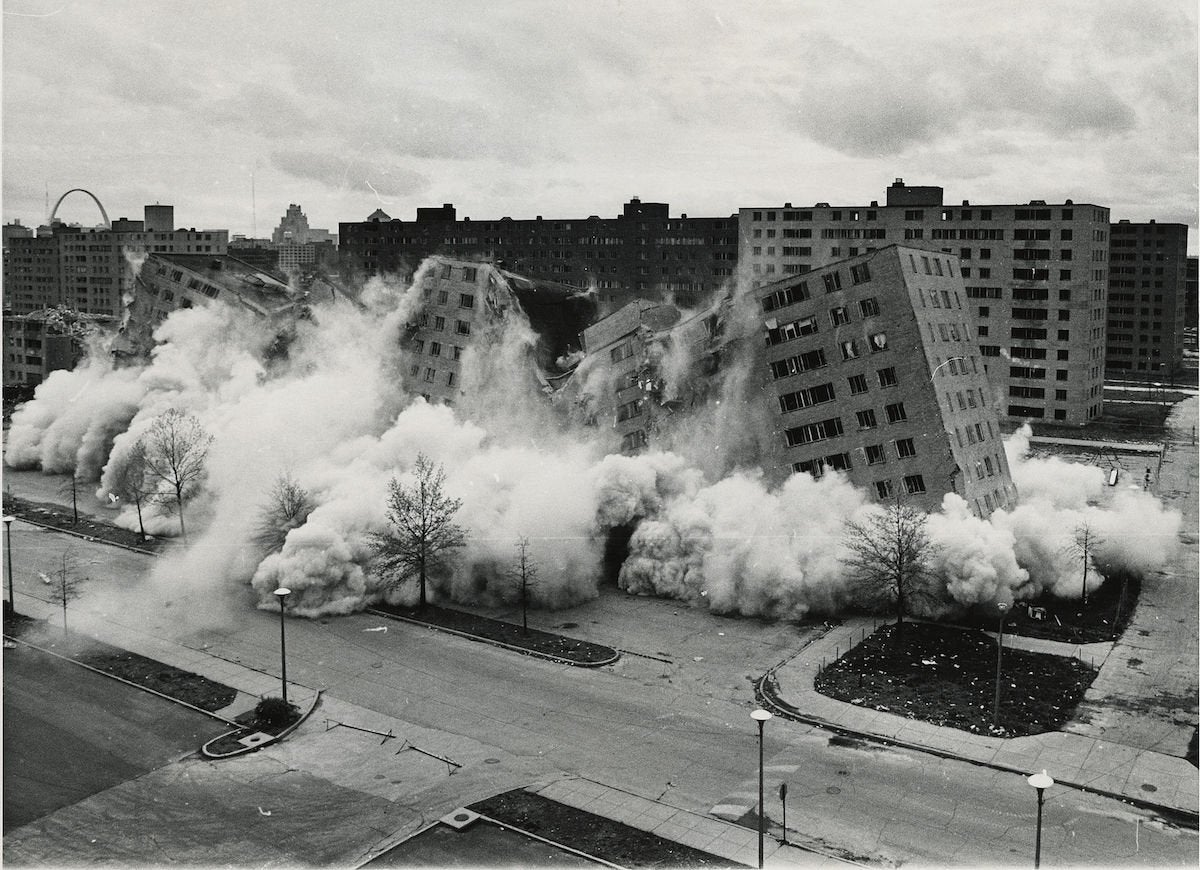
Wikimedia Commons via US Department of Housing and Urban Development Office of Policy Development and Research
Built in response to a housing shortage in St. Louis after World War II, the Pruitt-Igoe housing project was completed in 1956 and featured 33 11-story buildings. The development was poorly maintained and plagued with violence, crime, and racial segregation. Residents even described it as a prison-like environment. By the end of the 1960s, the development was largely abandoned, and it was demolished in the 1970s.
The Empire State Building in New York City
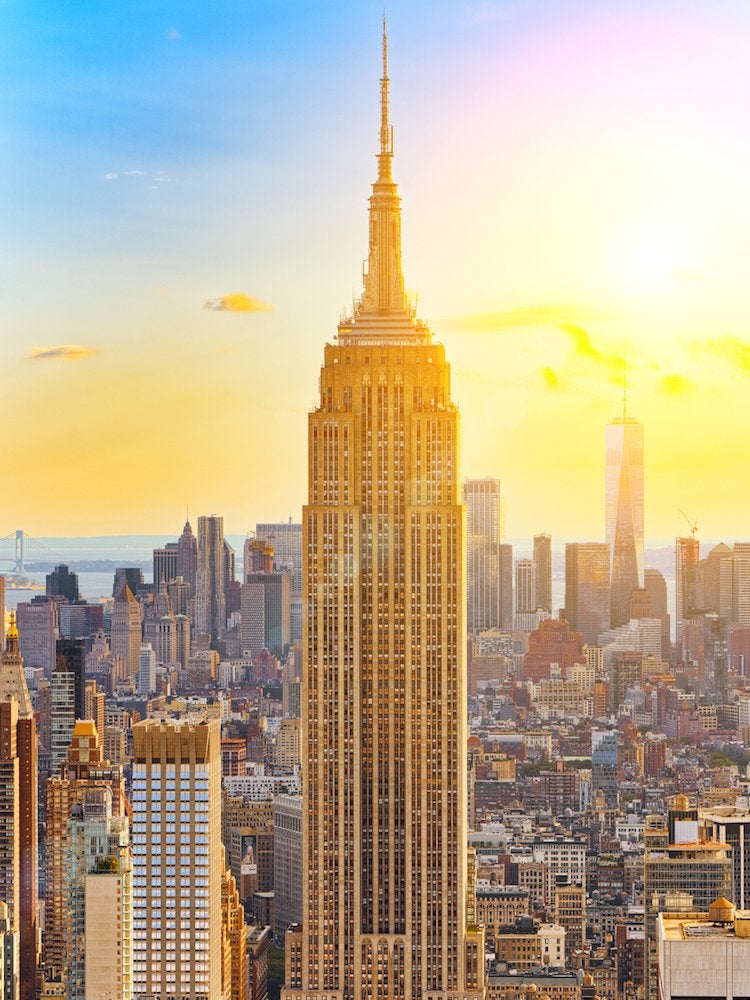
The Empire State Building in New York City may be beloved by architecture aficionados and rom-com lovers worldwide, but it was considered a financial disaster when it first opened in 1931. It was even nicknamed the “Empty State Building” for all of its unoccupied floors in those early years of the Great Depression. To make things even worse, the Empire State Building has also been the site of more than 30 suicide attempts and a plane crash in 1945.
The Portland Building in Portland, Oregon
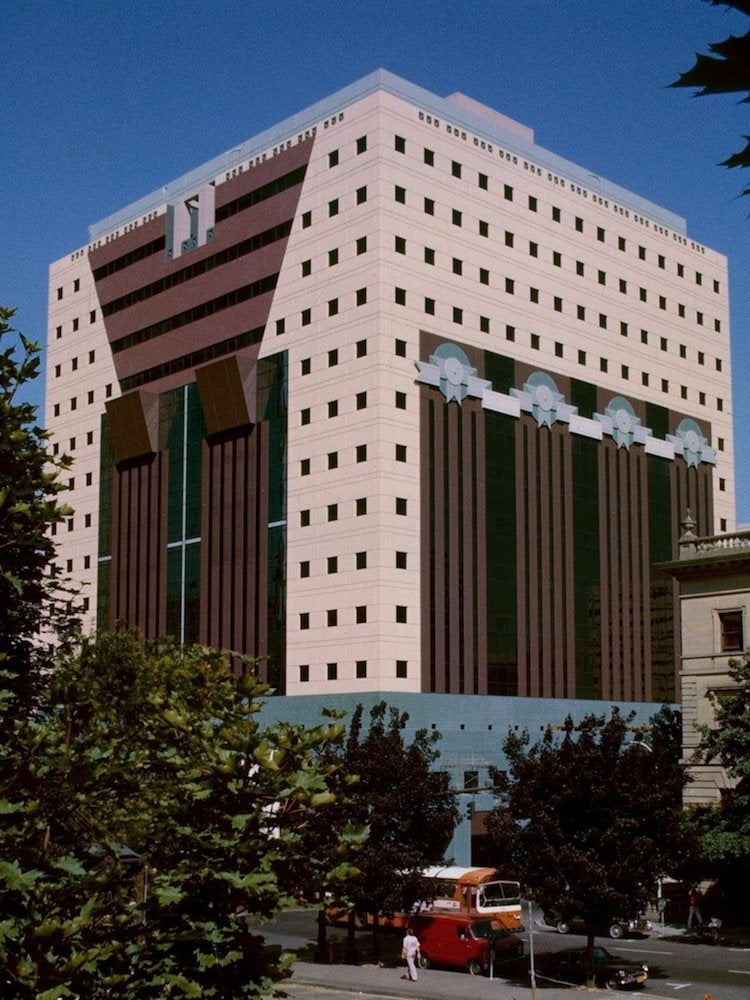
Wikimedia Commons via Steve Morgan
Cited as America’s first postmodern building, the Portland Building in downtown Portland, completed in 1982, was met with mixed reviews. Some loved the way architect Michael Graves’s colorful design contrasted with the more commonplace steel-and-glass office buildings, while others called it “garish.” In 2014, structural issues spurred discussions of demolition, but financial considerations and respect for the building’s historical significance led to the decision to renovate it instead.
Stratosphere Las Vegas
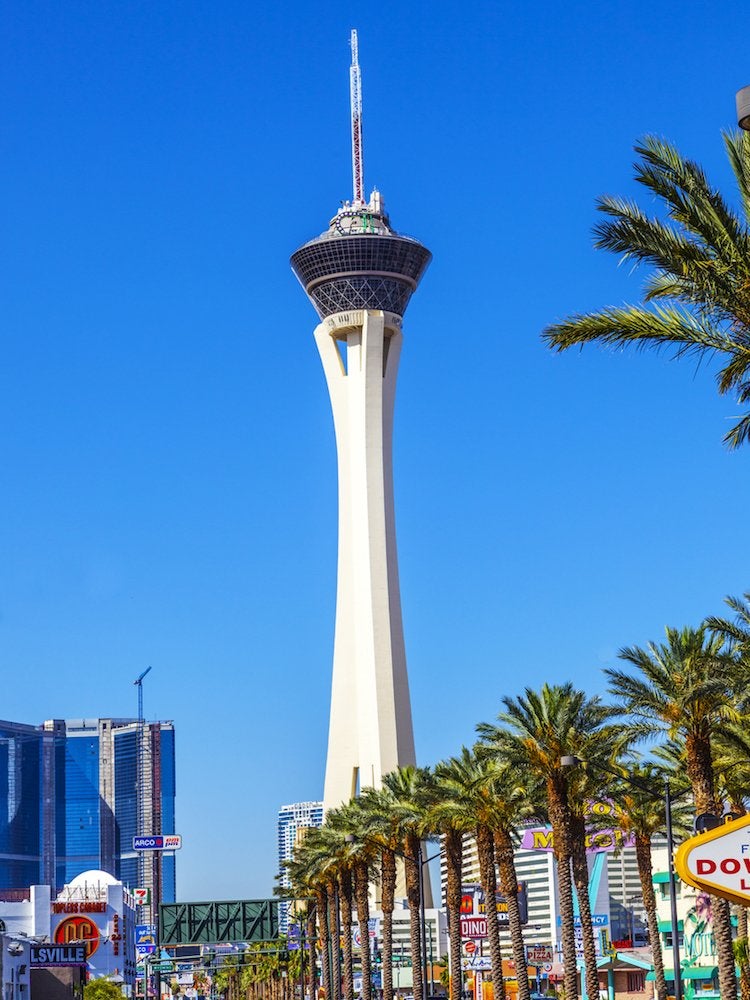
The Stratosphere Las Vegas hotel and casino, a famous Sin City landmark, has the tallest freestanding observation tower in the country, standing at a whopping 1,149 feet. The tower, which was completed in 1996, was actually supposed to be taller, but concerns over air traffic safety led to the trimming of a little more than 600 feet.
Thompson Center in Chicago
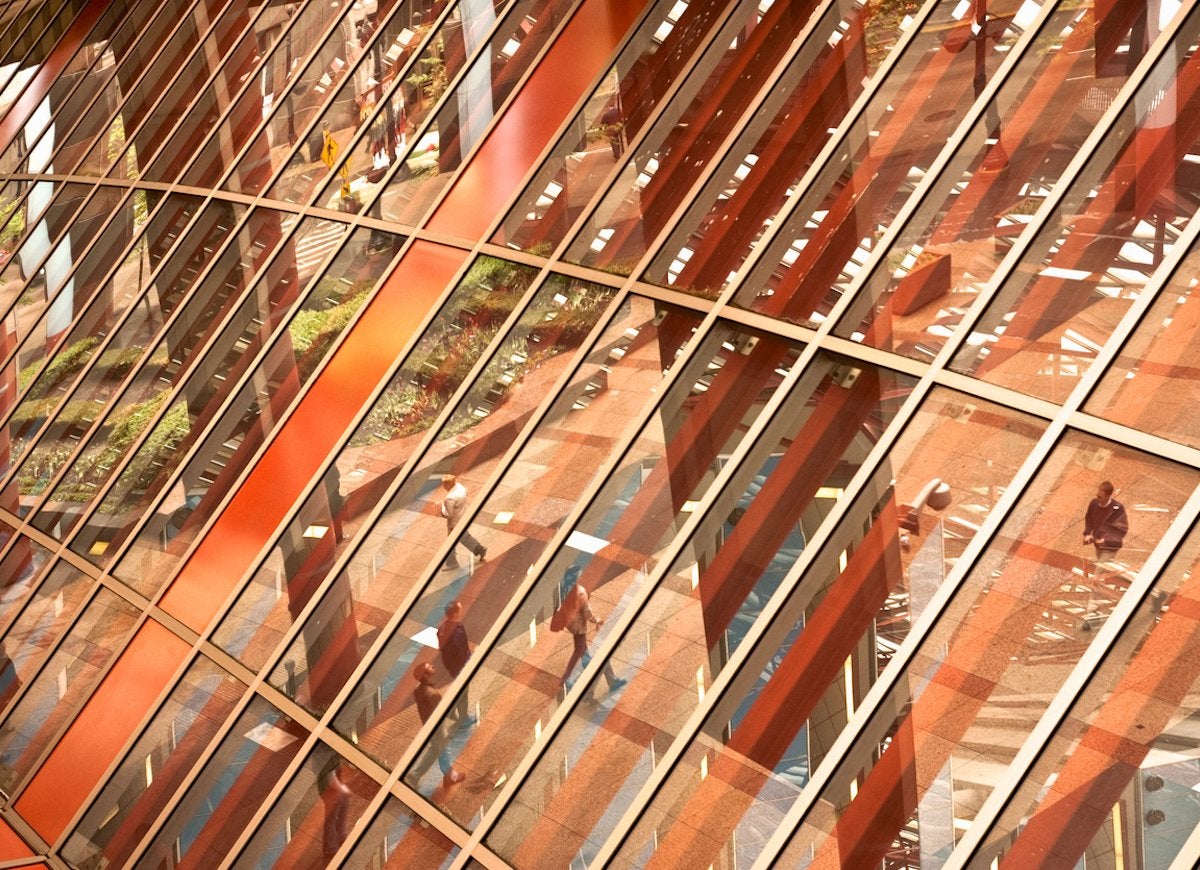
The James R. Thompson Center, which houses Illinois state government offices, is one of the busiest buildings in Chicago. But it opened in 1985 to less than warm reviews. The postmodern building has a curved exterior, reminiscent of a UFO, and the color of the panels at street level has been compared to tomato soup. Poorly maintained and expensive to heat and cool, the structure may soon be put on the market—and demolition could very well follow.
Nelson-Atkins Museum of Art in Kansas City, Missouri
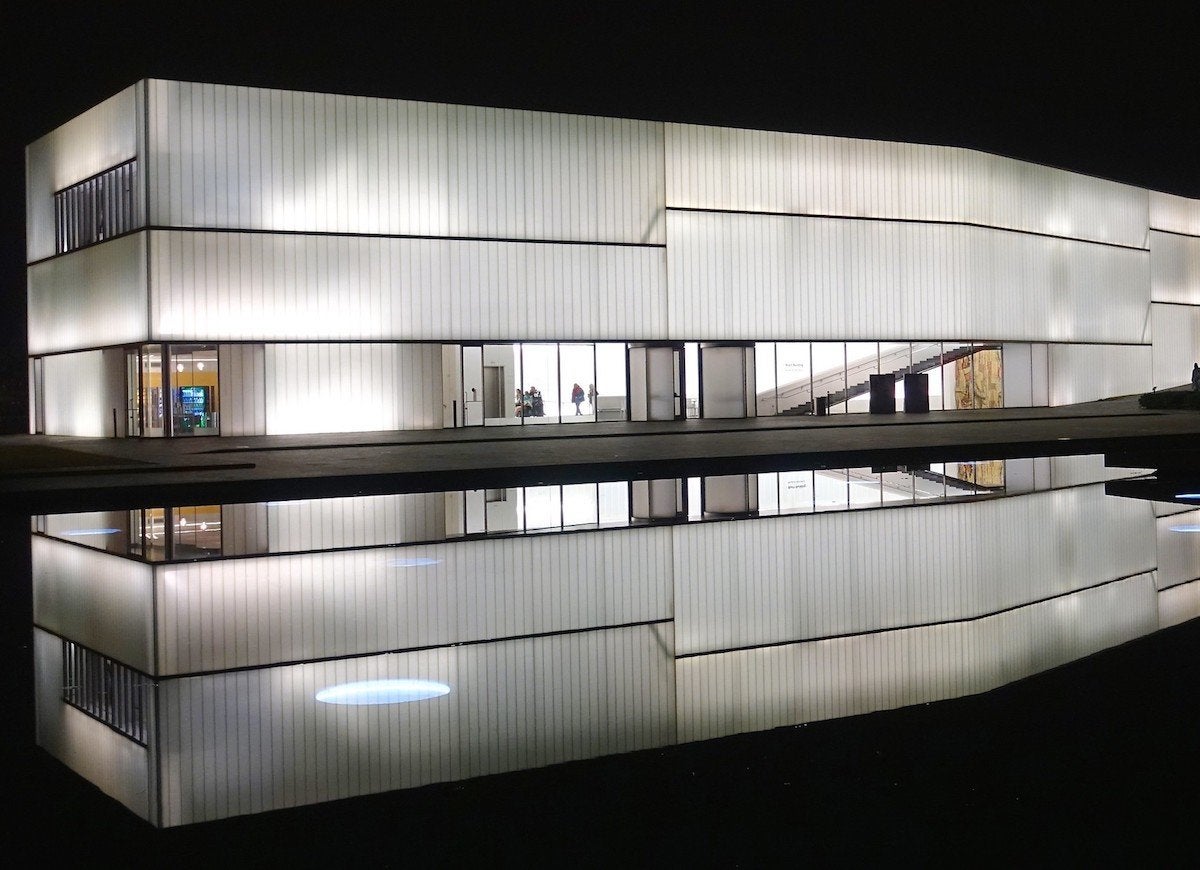
flickr.com via deanhochman
The Nelson-Atkins Museum of Art in Kansas City has been one of the city’s most beloved attractions since it opened its Beaux-Arts-style doors in 1933. The Bloch Building, an addition completed in 2007, didn’t at first generate the same affection. Although critics of the glass pavilion called it grotesque and reminiscent of a Styrofoam cup, it ultimately earned raves from much of the architectural community.
